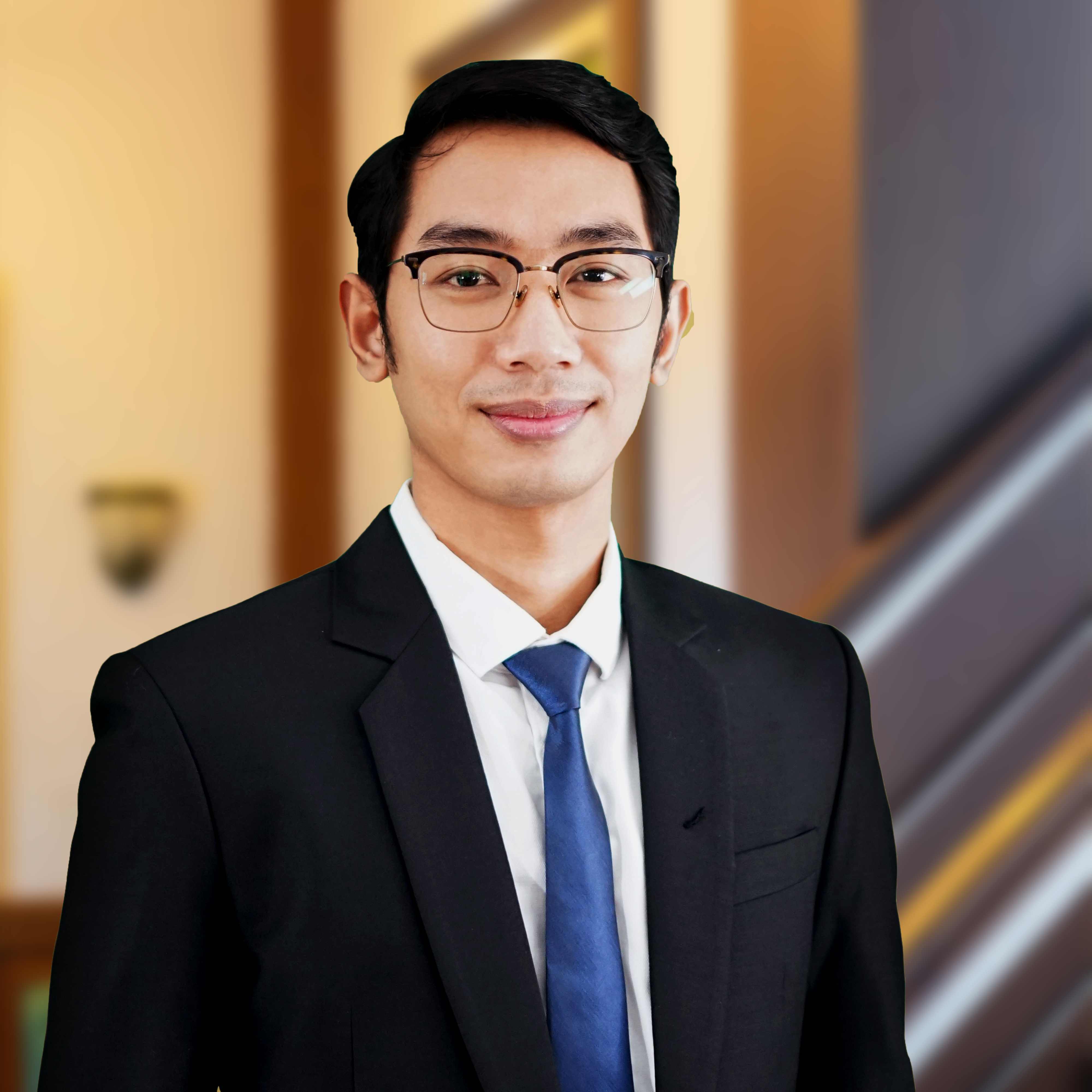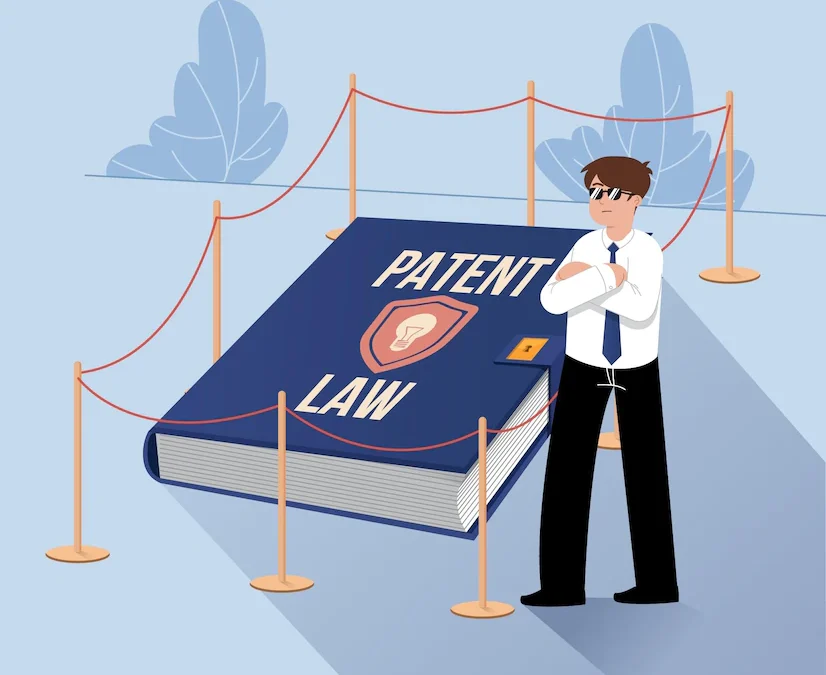Copyright is part of intellectual property rights (IPR) in the form of works of human thought related to science, art and / or literature in the form of songs, books, films, paintings, photography, dances and others according to Article 40 of Law No. 28 of 2014 on Copyright (Copyright Law.
Copyright is different from other IPRs that adhere to the principle of first to file or the rights that are given to the party who first filed a request for registration. Copyright adheres to the principle of first to use (declarative), which gives the first party that announces and / or publishes a work the copyright owner.
Within the scope of copyright, there are other exclusive rights granted to performers for protection such as;
- moral rights of performers;
- economic rights of performers;
- economic rights of phonogram producers, and;
- economic rights of broadcasting organizations including copyright rights as explained in Article 1 paragraph 5 of the Copyright Law
The book of Prof. H. Oka Saidin, S.H., M.Hum. entitled “Legal Aspects of Intellectual Property” states that related right or neighboring right is also referred to as “adjacent rights”. This can be interpreted as a right that is related to or side by side with copyright ,which includes;
- the right of performing artists in their performance;
- the right producers of phonograms in their phonograms (or the right of producers of sound recordings or sound fixation on sound recording works) and;
- the rights of broadcasting organizations in their radio and television broadcasts.
The difference between a copyright and a performing holder lies in the legal protection of both rights. Copyright holders have rights to creations whose protection is in the hands of rights holders, while performing rights are held by performers, phonogram producers, and broadcasting organizations as stipulated in Article 1 number 5 of the Copyright Law.
For example, a music concert performance broadcasted by one of the TV stations is a form of performing right with the broadcasting rights owned by the TV station while the sound recording is owned by the artist or copyright holder of the work.
For this reason, it can be concluded that in a music concert performance, an artist has the copyright or the right to the song he writes and sings and the right to his performance at the concert that is displayed in visual form is the performing right. If the artist is not the songwriter, then the artist only has the performing right to the song he sings.
In recent time, the rapid development of digital media platforms such as Youtube among the public, gave birth to many YouTubers who cover songs of other singers. In fact, it is not uncommon for a cover singer on Youtube to exceed the popularity of the original singer and the creator of the song.
Apart from the moral rights to works of art, these songs have economic rights. Although the public is more familiar with the cover singers or YouTubers, the copyright holder must get economic rights to his work even though the song is recently popularized or re-popularized by another singer.
Based on Article 22 of the Copyright Law, economic rights include carrying out themselves, giving permission, or prohibiting other parties from carrying out:
- broadcasting or distribution of the performer’s performance;
- fixation of the performance in any way or form;
- duplication of the fixation of the performance in any way or form;
- distribution of the performance fixation or copies;
- rental of the performance fixation or copies to the public; and
- the provision of performance fixations that can be accessed by the public.
Based on Article 23 paragraph 5 of the copyright law, any person can commercially use a work in a performance without asking permission from the creator by paying a fee to the creator through the Collective Management Institute (LMK).
The National Collective Management Institute (LMKN) is a state institution established under the Copyright Law, where LMKN has an important role in attracting, collecting, and distributing royalties on copyright in Indonesia in accordance with the rates set by the government.
As stipulated in Article 1 point 22 of the Copyright Law, LMK is an institution in the form of a non-profit legal entity authorized by the creator, copyright holder, and/or owner of related rights to collect and distribute royalties.
Based on the above, it is very important for creators or performers to be able to join the LMK to obtain economic rights to the works created to the maximum.
Author / Contributor:
 |
Bhakti Putra Nugraha, S.H.
Associate Contact: Mail : bhakti@siplawfirm.id Phone : +62-21 799 7973 / +62-21 799 7975 |
